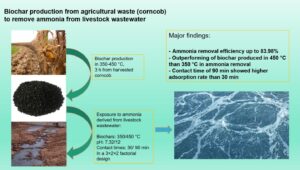Purpose Agricultural wastes are by-product of agricultural processing. These wastes could serve as alternative materials for soil amendment and nutrient sources for crop production. A screen house experiment was conducted for two successive seasons (2019 and 2020) to evaluate the performance of charred poultry feather waste and plantain peel as nutrient sources on the growth, […]
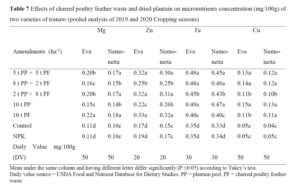
Purpose: Application of organic manures, along with fertilizers, is important to maintain soil fertility to achieve higher productivity. In reality, the farmers apply organic manures and fertilizers in different proportions and quantities depending on their availability and purchasing power of farmers. Organic manures also help to enhance soil carbon stocks and soil biological activities. Hence, […]
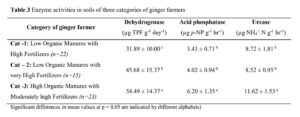
Purpose: It is known that the combination of bioprocesses can contribute to obtaining better results compared to those achieved by applying each process individually. Solid state fermentation of Vitis labrusca grape pomace was carried out using different saprotrophic fungi following a vermicomposting process. Method: A palatability test was performed to evaluate the permanence of Eisenia […]
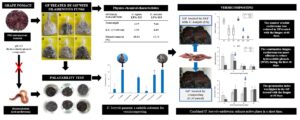
Purpose The study assessed the quality of compost produced by the Black Soldier Fly Larvae (BSFL) in terms of the compost nutrient level, microbial activities, and the bioaccumulation of possible heavy metals in the organic solid waste. Method The study used the pre-experimental study design, one-group pretest-posttest to obtain the data. Five experimental units were […]
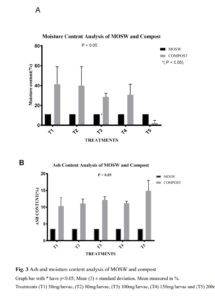
Purpose: Globally, Colombia is recognized as a coffee-growing country par excellence, which entails generating a large amount of coffee waste. This narrative study aims to review the possible use of such coffee waste to obtain nutrient-rich compost following key composting processes. The final is to investigate the importance and suitability of this compost type. Method: […]
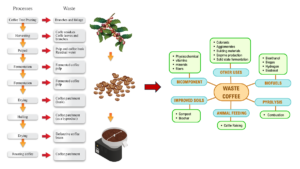
Purpose: This study aimed to investigate the potential of actinomycetes in mitigating the environmental impact of olive mill wastewaters (OMWW) on plant-soil system. The objectives were to investigate the impacts of varying doses of OMWW on soil microflora, and to analyze the enzymatic profile of a selected group of isolated actinomycetes. Method: A physico-chemical characterization […]
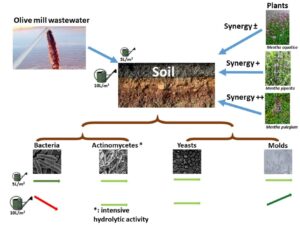
Purpose Rice straw which predominantly contains cellulose, hemicellulose and lignin, can be converted into value-added product such as bio-compost. The present study was planned to carry out rice straw degradation, added with agricultural residues like rice bran and fruit waste in different combinations, with standard fungal culture of Trichoderma harzianum MTCC 8230. Methods Rice straw […]
Purpose Much cattle manure and Tithonia are in abundance in the Guinea savanna of Nigeria where sesame has been found to do well. The cost of inorganic fertilizer is going beyond the reach of the average sesame farmer; the need therefore arises to synthesize farming practices that incorporate the rich organic materials locally available as […]
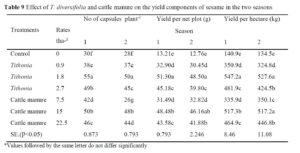
Purpose: Degraded soils are associated with low organic matter and nutrient contents, which limit their productive capacity to produce sufficient food. Improving the productivity of degraded soils is key to achieving sustainable food production and tackling global food crises. Method: A study was carried out between September 2021 to March 2022 in a greenhouse at the University […]

Purpose: With the constant increase in food demand, agriculture became the second-highest waste-generating industry. Crop residues and wastewater from livestock farming are the major contributors and irrational disposal of them has a serious impact on ecosystems as well as human health. In this study, corncob as agriculture waste was used as a treatment agent, after […]
